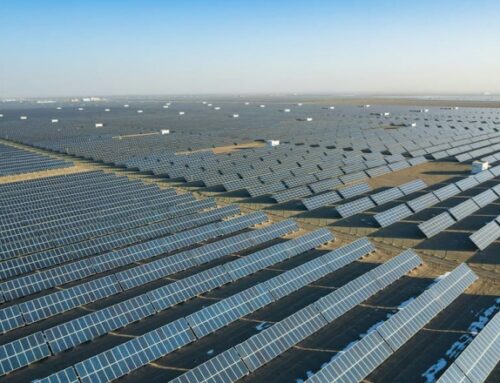Sustainability In the New Year
January 7, 2025
Hello and welcome to Environmental Minute! This is a new segment brought to you by WDIY, in part by the Estate of Don Miles, and I am your host, Maddie Yang, a sophomore in high school at Moravian Academy, in Bethlehem, Pennsylvania. I am super passionate about all things climate change, sustainability, and empowering and educating others to take action against the climate crisis. My goal for this segment is to provide listeners with a glimpse to a whole variety of topics in the vast realm of sustainability from biodiversity to ecotourism, and plant-based diets to sustainable swamps.
In this first episode, I want to talk about welcoming in the new year with some ways that you as a listener can be more sustainable in 2025. But first, here are some statistics.
According to the World Meteorological Organization, 2015 to 2024 were the warmest ten years ever recorded, including extreme weather patterns like Hurricane Helene and Milton in the US, Hurricane Beryl in the Caribbean, incidences of rare flooding in the Sahara Desert, wildfires in California, and states across the Northeast in such as New Jersey, New York, Pennsylvania, and Connecticut. There were also the Wayanad and Enga landslides, and multiple incidences of flooding in France, Central Asia, the Persian Gulf, and Brazil just to name a few. So what do we make of all of this?
If you’re anything like me, that list caused a lot of climate anxiety, and if you’re unfamiliar with this term, climate anxiety, according to the National Institute of Health, is “the heightened emotional, mental or somatic distress in response to dangerous changes in the climate system.” I have certainly felt climate anxiety within this past year, especially as I have become more involved with my sustainability groups in and outside of my school. However, I believe that it is important that we do not dwell in this anxiety and instead act upon and use it as fuel to create action within our communities and our own lives, no matter how big or small. With that being said, here are some simple things that I aim to do in the new year, and urge you to try as well!
- Use less paper towels
Number one: Use less paper towels. America is the leading consumer of paper towels. According to the Piedmont Environmental Alliance, everyday, roughly 3,000 tons of paper towels are disposed of in landfills, and the amount of paper towels we use on a daily basis uses up 60 million gallons of water and 51,000 trees to make. Paper towels aren’t just used in obvious places like kitchens, but they are everywhere like public restrooms and schools. In some cases, it is necessary to use a paper towel, but in most cases, a regular kitchen rag, old cut-up T-shirt, or if you want to invest, Swedish dishcloths and reusable paper towels made of things like bamboo, cotton, and cellulose are great alternatives. However, I encourage you to use what you already have instead of buying more.
- Compost
Number two: In 2025, I want to compost more! According to Feeding America, people waste 92 billion (with a B!) tons of food annually, which is more than a third of food purchased or intended to be eaten. This means that this food is probably all going to the landfill and producing tons of harmful greenhouse gases like methane and nitrous and carbon dioxide. This amount of food roughly equates to $473 billion dollars. A lot of this food waste can be saved and returned back to the soil as a nutrient-rich soil amendment via composting! You can either use a bin or create a pile in your yard designated for food scraps, and over time collect natural materials high in nitrogen (“your greens”) and carbon (“your browns”). Examples of nitrogen-rich items include fruit and vegetable scraps, coffee grounds, egg shells, and grass clippings, and examples of carbon-rich items include dry leaves, shredded paper or cardboard, hay, straw, and sawdust. You’ll want to layer your greens and browns, and every couple of weeks, aerate the mixture by using a pitchfork. After 3-6 months, your compost will be ready to harvest and use in your garden!
- Support more sustainable fashion
Number 3: Support more sustainable fashion. Like most people, I always want to revamp my wardrobe in the new year, but in 2025, I encourage you to embrace a more circular economy and prioritize going to places like thrift and consignment stores to purchase used clothing, swap your clothing with others, and donate, upcycle, or recycle your old clothing. As opposed to purchase clothing made with synthetic fabrics like polyester which use up approximately 70 million barrels of oil, when you do purchase clothing, aim for items made with recycled fabrics and organic cotton which (according to carbontrail.net) use 91% less water and 46% less emissions compared to traditional cotton. So the next time you’re tempted to buy a new piece of clothing, remember to always shop your own closet first or shop sustainably instead.
This year, I hope you employ any of these tips and maybe make one of them one of your resolutions. Thank you for tuning in to the first episode of the Environmental Minute, and have a great 2025!
(Original air-date: 1/6/25)
Search
RECENT PRESS RELEASES
Related Post



